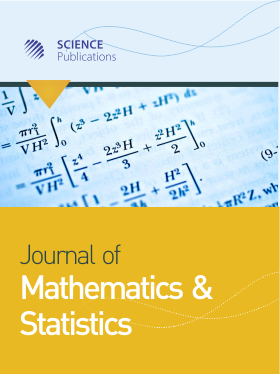A Path Analysis to Understanding the Epidemiology of Murine Typhus in South Texas
- 1 Department of Mathematics and Physics, Texas A and M International University, Laredo, TX, United States
- 2 Department of Natural Sciences-Physics, Cigarroa Science Complex D105, Laredo College, Laredo, TX, United States
- 3 Department of Biology and Chemistry, Texas A and M International University, Laredo, TX, United States
- 4 Department of Health, City of Laredo, Laredo, TX, United States
Abstract
This study aims to investigate statistically if there is a causality for the murine typhus endemic disease related to precipitation, temperature and the natural cycle of flea development in South Texas. Path analysis was used to determine the mediating and moderating variables that cause murine typhus disease. Three path diagram models were tested. Model 3 shows a clearer path on how the Rickettsia fleas were transmitted to the patients or subject, where rate of flea development is a mediating variable between sources of transmission and disease contraction, whereas precipitation moderates the source of transmission on its effect on rate of flea development with fleas in the environment and temperature average as covariates. The results of the path analysis support this hypothesis. Graphical research indicates that the number of murine typhus cases reaches a maximum during the month of May, when the temperature is between 65-80°F with about 70% humidity for flea development and the precipitation increases the probability that bacteria, fleas and hosts get into contact with humans. The results of this research suggest that the Laredo population should be made aware that the presence of rickettsia-infected Xenopsyllia cheopis and Ctenocephalides felis, the development of environmental conditions that increase the possibility of contact of wild and domestic animals with human beings can also increase the possibilities of the manifestation of the disease.
DOI: https://doi.org/10.3844/jmssp.2024.37.44

- 3,928 Views
- 2,196 Downloads
- 0 Citations
Download
Keywords
- Path Analysis
- Murine Typhus
- South Texas
- Epidemiology
